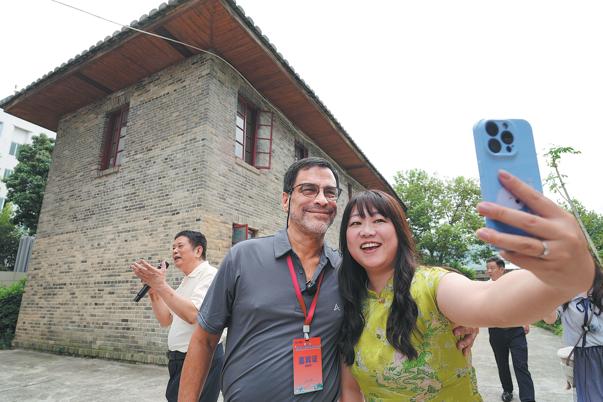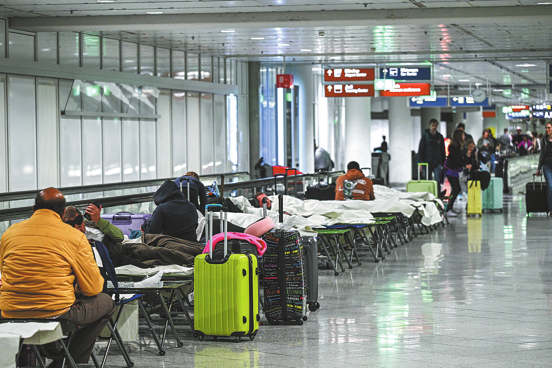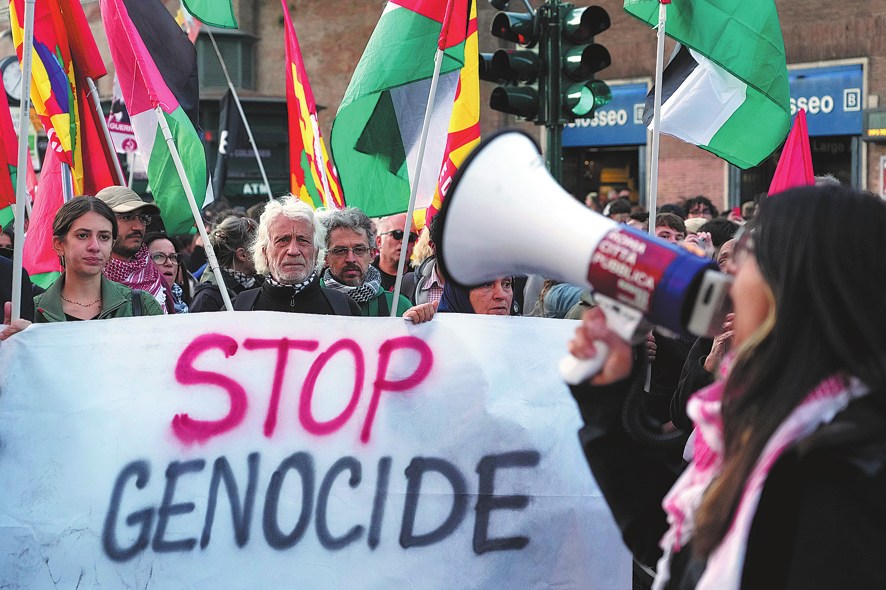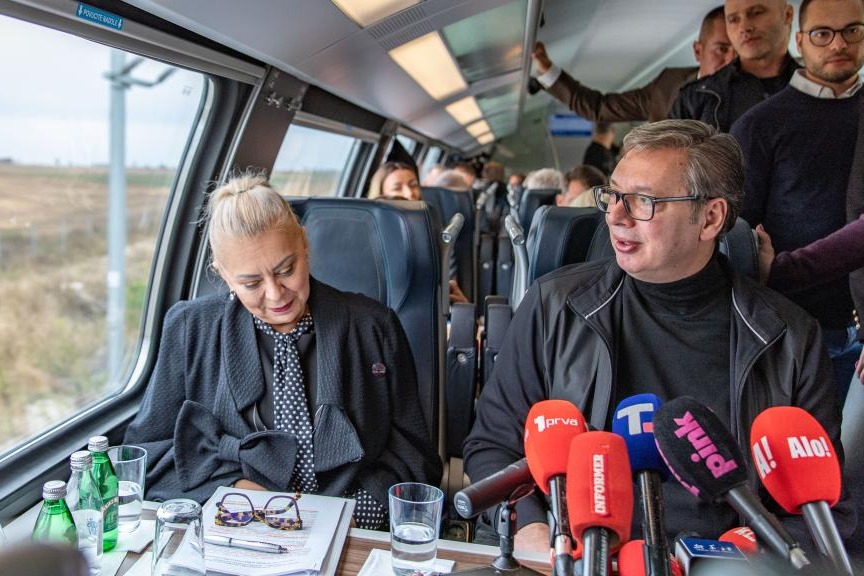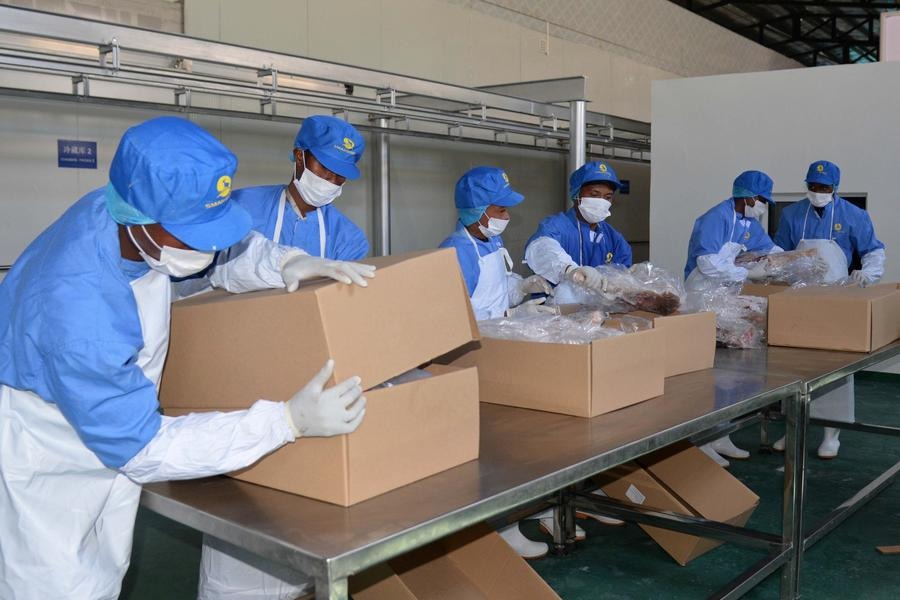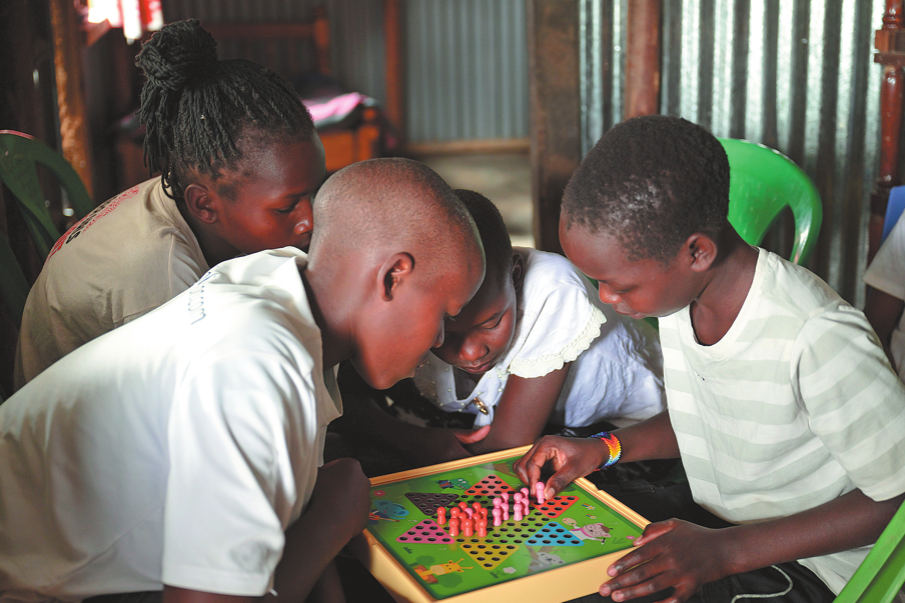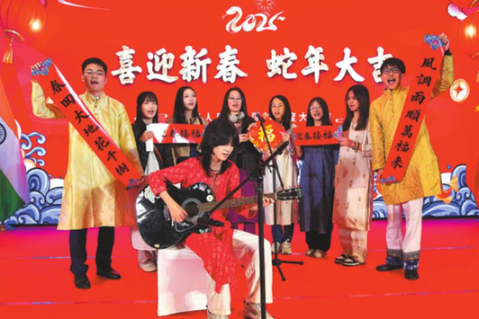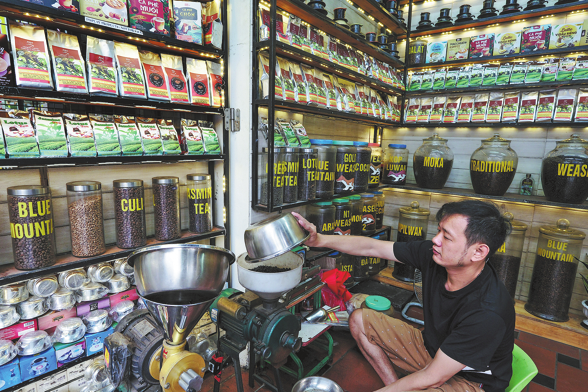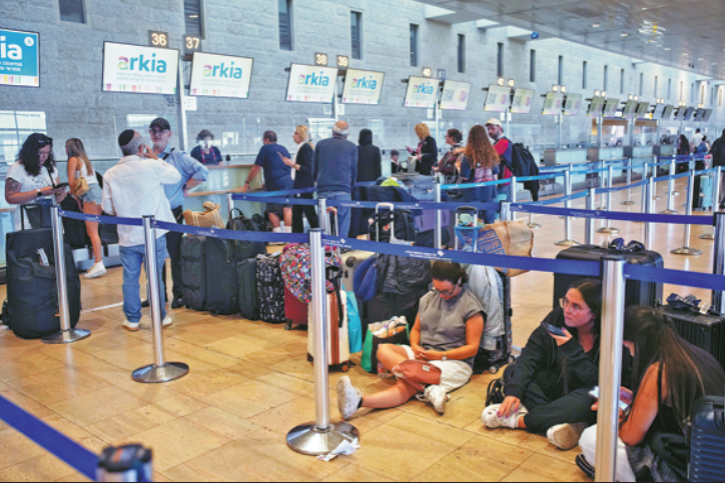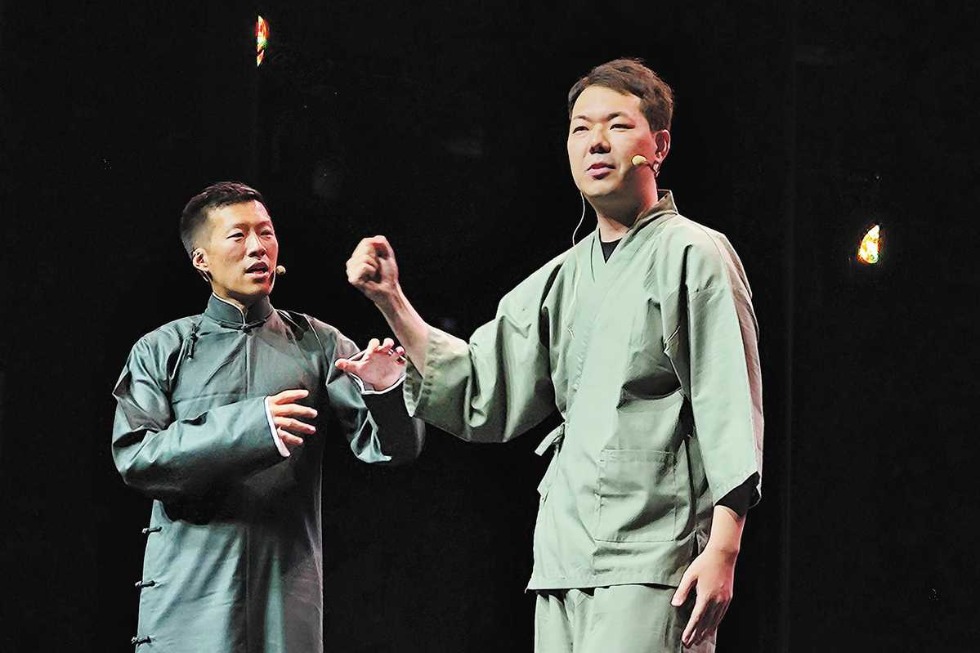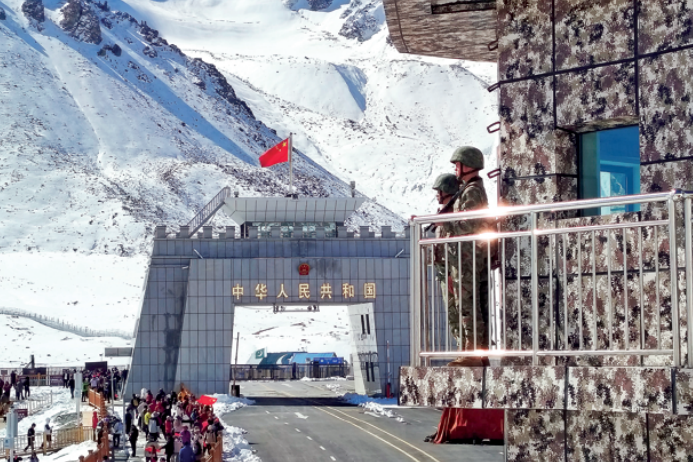US doctor's legacy remembered after 80 yrs
US missionary doctor's courage in war against Japanese aggression hailed, her ties to ordinary Chinese revisited

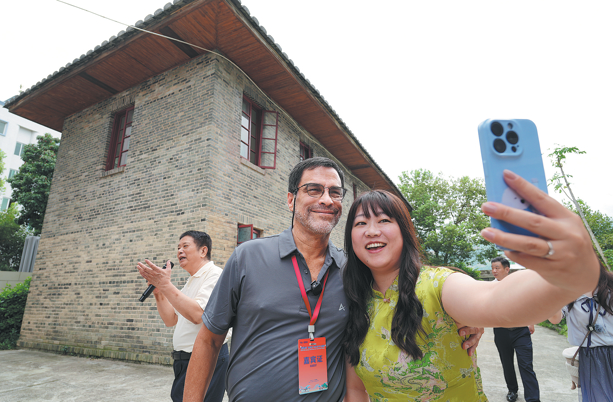
Light in the Dark
In 1937, when the Chinese People's War of Resistance Against Japanese Aggression escalated, Ruth was practicing medicine in Nanchang, Jiangxi province, and she was unable to return to Minqing.
Seeing the disaster spreading rapidly, she volunteered with the Red Cross Society of China to join the medical service, and asked to be sent to the frontline medical posts in the war zone.
Later, she entrusted Hua Sing, one of her adopted daughters, to others and journeyed alone through gunfire to southwestern China's major city Chongqing, which was known as Chunking at that time.
In Chongqing, Ruth joined a hospital sponsored by Syracuse University. There, she was responsible for obstetrics, gynecology and pediatrics.
At that time, Chongqing was suffering unprecedented challenges as it endured massive bombing by Japanese forces.
In her diary, she narrated how the wounded flooded into the hospital's courtyard like tidal waves after one air raid, filling the space with patients suffering from fractured skulls, broken limbs or hemorrhagic shock.
She and her colleagues often worked all night performing surgeries on patients with gunshot wounds, burns, and blast injuries, and she was shocked by the Japanese army's unchecked slaughter of civilians.
Liu, the former head of Minqing Liudu Hospital, said Ruth has consistently stayed committed to humanitarian belief and universal compassion, "treating all patients with care regardless of their wealth or social status whenever medical help was needed".
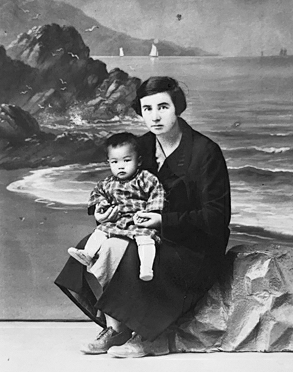
"A lover of peace and champion of justice, she resolutely joined the medical resistance after the outbreak of the War of Resistance Against Japanese Aggression, saving countless lives," he said.
Liu noted that the American doctor kept pursuing technical excellence, combining boldness with meticulous care in her medical practice.
In the summer of 1939, she planned to return to Minqing but was stranded by the worsening war situation. To avoid bombing, the hospital was forced to relocate to the countryside.
Afterwards, she accepted an invitation from Zizhou Hospital and traveled to Zizhou, a small town located between Chengdu and Chongqing, to continue her frontline medical work.
When she first arrived at Zizhou Hospital, a cholera epidemic was raging there. The wards were filled with comatose patients whose limbs were shriveled from dehydration and whose eyes were sunken.
She employed people including female students, blacksmiths, carpenters to bolster staff and supplies. She also organized a large-scale vaccination campaign, inoculating 1,500 people within a week.
Through her relentless efforts, the cholera epidemic gradually subsided, restoring hope to countless families.
In 1940, her health deteriorated severely due to heavy workload and malnutrition. She lost significant weight and struggled to climb stairs without resting.
Even so, she insisted on performing surgeries and conducting consultation visits in the wards until colleagues sent her to seek treatment in Chengdu, the provincial capital of Sichuan.
In 1941, she had to return to the US for treatment after years of hard work took its toll.
In July this year, Thomas traveled to China to attend a series of friendship events, and he achieved his first face-to-face encounter with Huang Yao, granddaughter of Hua Sing, one of Ruth's adopted daughters.
Huang said she is "very proud of the family heritage" as endowed by Ruth.
"Dr. Hemenway made outstanding contribution to maternal and pediatric medicine in China, and my family has nurtured many medical workers as influenced by her," Huang said.
"I'm so glad to have invited her descendant living back in the US to China to have a look at her greatest heritage left in this country, which is still cherished by Chinese people by heart," she added.
When touring alongside Huang at Minqing Liudu Hospital, Thomas said, "This has been an amazing experience. It is like a dream come true to be in the place that Dr. Hemenway practiced and see the clinics that she started and the work that she contributed to China."
"I think maybe the most important is the fact that I have met my long-lost Chinese cousin. Our families have been separated for decades," he added.
















